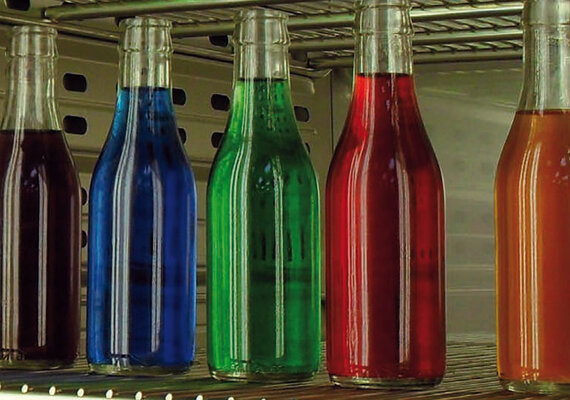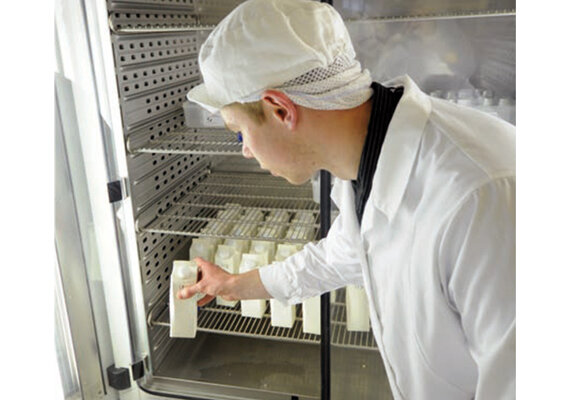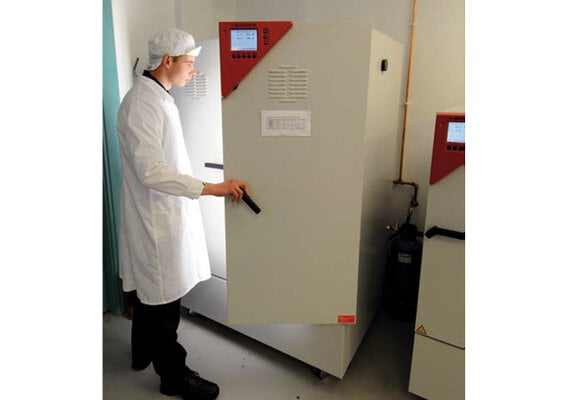Case Study Leatherhead
Leatherhead Food Research, headquartered in Birmingham, UK was founded in 1919. The company offers a wide range of experiences and services in the food industry such as market reviews, food research, analyses, food approvals, business and technical information, as well as training. 1,500 food and beverage producers count among Leatherhead Food Research members.

Leatherhead is currently studying the shelf life of natural food coloring. In general, the current trend is away from artificial and towards natural substances. As a result, the industry is facing major challenges as the shelf life of natural substances must be tested under realistic conditions. However, food manufacturers are under constant pressure to launch new products in ever shorter time scales. Often here is not sufficient time for real time shelf-life testing. Accelerated shelf-life testing (ASLT) is an indirect method for measuring and estimating the stability of a product. To accelerate complex durability testing, Leatherhead has been using 240 liter and 720 liter KBF P constant climate chambers from BINDER for years.The chambers are currently used to specify test methods for ASLT and for standardized testing of natural food coloring for photostability.
For the determination of accelerated tests, individual food colorings are used in three different food models (hard caramels, gelatine-based candies and fruit-based beverages) are studied. The samples are stored in the constant climate chamber at 20 °C, 30 °C and 40 °C and exposed to high intensity light. Finally, color loss is measured as changes in hue (H) as a function of different time intervals (7 months at 20 °C and 8 weeks at 30 °C and 40 °C).

Changes (chemical, microbiological and physical) are measured at specific time intervals until the product is no longer edible. In addition to determining product and food coloring stability, accelerated shelf-life testing is useful for a number of other purposes, e.g. to determine product safety under improper storage conditions, for troubleshooting in the initial stages of product development and for assessing the suitability of product packaging.
Through long-term constant temperature and humidity values and exceptionally high accuracy, the KBF P provides optimum benefit for use in the food industry.
